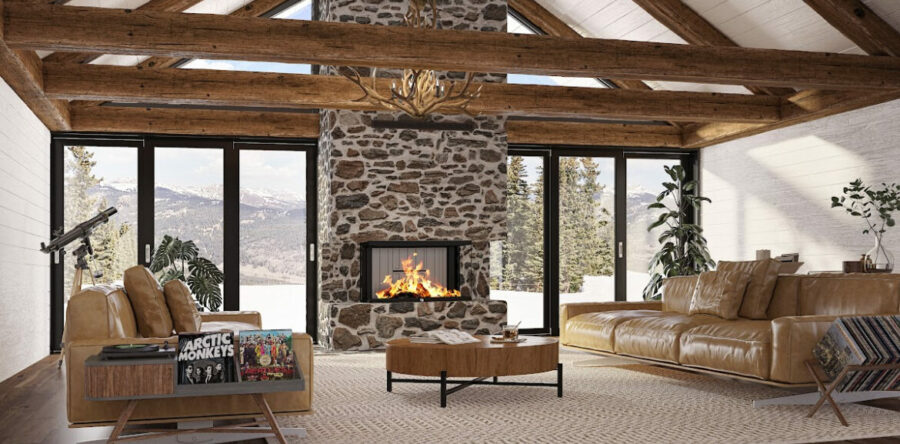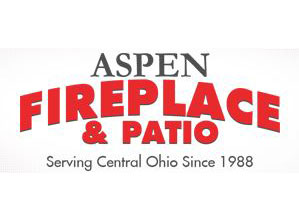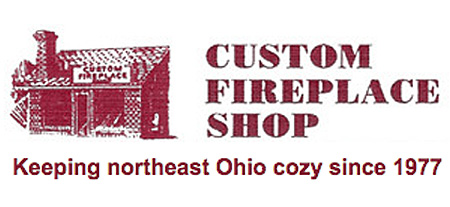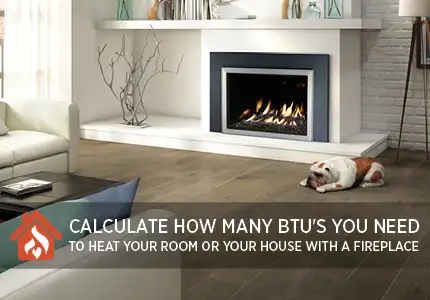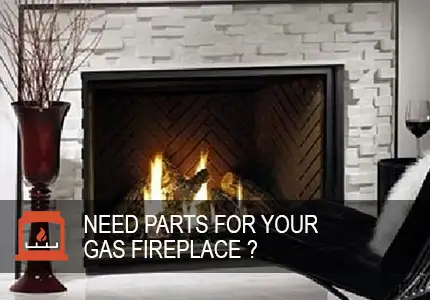Wood stove and fireplace enthusiasts cherish the warmth of a crackling fire, but safety is paramount when considering these cozy additions to your home. Whether you’re already using a wood stove or contemplating adding one, prioritizing safety, equipment selection, and maintenance is critical. To help safeguard your family and home, here are 12 essential wood burning tips to follow.
Regular maintenance and proper safety measures not only enhance the enjoyment of your wood burning experience but can also mitigate potential risks. By adhering to these guidelines, you can ensure the well-being of your loved ones while relishing the comforting ambiance of your wood stove or fireplace setup.
These tips are broken down into three main areas: the equipment, operating and maintaining it, and your wood supply. All three of these categories focus on safety and efficiency, so please keep reading.
THE PROPER TYPE OF FIREPLACE EQUIPMENT:
- Wood burning equipment, whether it’s a fireplace, stove, or fireplace insert, must be in good condition. Any issues with warped castings, thin steel, suspect welds, or doors that don’t seal correctly should be evaluated by a professional. If your equipment is more than 12 to 15 years old, consider replacing it. The new stuff today is unbelievably efficient!
- Properly size the equipment. Don’t expect a small 1.6 cubic foot stove or fireplace to heat 2000 square feet of space in a northern climate. Constantly overfiring a small stove is dangerous. Similarly, a 3.4 cubic foot stove will overpower a small 500 square foot space. Underfiring a large stove or fireplace can be just as dangerous as overfiring a small one.
Ideally, the chimney should be sized the same as the flue collar on the fireplace or stove. A cap should be installed on the top of the chimney to keep out any debris or critters.
- Ensure all clearance requirements are met or exceeded. All wood burning equipment will have specific clearance requirements to anything combustible. Know what those numbers are for your unit and be sure to comply. And, when it comes to clearances, more is better. If a side clearance states 10”, there’s nothing wrong with going 12”. If the front clearance is 18”, plan on 20” to 24”.
There are clearance requirements for black connector pipes and for stainless steel chimney systems, too.
Make sure the area around your fireplace, stove, or insert is clear of anything flammable. A good rule of thumb is 36”.
OPERATING & MAINTAINING THE EQUIPMENT FOR EFFICIENCY:
- Read your owner’s manual. Fireplace and stove manufacturers spend considerable time and resources to pack a ton of information into the owner’s manual. Read it. Understand it. Keep it handy and readily available in a file for future reference.
- Inspect gaskets, door seals, catalytic combustors, temperature gauges and dampers. Gasketing material prevents air from infiltrating the firebox and causing the appliance to overheat. Combustors and temperature gauges need to be inspected, cleaned and occasionally replaced. Periodically check the damper to ensure a tight seal. Some can crack, split or warp. Never close the damper until all embers have burned out.
- Regularly inspect and clean the chimney. This is a biggie and relates directly to the quality of the wood you’re burning. Get a trained set of eyes on the chimney. In the US, contact a CSIA-certified professional. These chimney sweeps are trained to follow the National Fire Protection Association’s code for safety. In Canada, contact a WETT-certified expert or an APC-certified expert if you’re in Quebec. These pros know what to look for and have the experience and tools to do a thorough inspection and cleaning. Accumulating creosote and or damage inside a chimney can be life threatening. And just for the record, banging a log chain alongside a chimney is not the proper way to clean a chimney and is not in an expert’s arsenal!
- Install a smoke detector, carbon monoxide detector and fire extinguisher. These are common sense items. Even if your home does not have a wood burning fireplace, you should have a few operating smoke and carbon monoxide detectors as well as a fire extinguisher available for an emergency.
THE WOOD FUEL SUPPLY:
- Build a proper fire. Start by cleaning out the ashes. Unburned black coals are fine to leave in the firebox. They will ignite quickly. Use plenty of dry kindling and add slightly larger pieces as the flames intensify. Some like to use a manufactured firestarter to help the process along a bit faster.
- Never, ever use: gasoline, kerosene, lighter fluid, any liquid accelerant, pine boughs, garbage, plastics, or painted or chemically treated wood to get a fire started. Not only do these items produce dangerous fumes, but they are highly polluting. These items can cause permanent damage to the interior of the stove or fireplace and catalytic combustor.
- Use only dry, seasoned wood. This is the other biggie! Your wood supply should have a moisture content of less than 25%. The key is to cut it, split it, stack it and keep the rain and snow off it for a year while the wind and temperatures from Mother Nature dry it. Try to get a year ahead with your wood supply. When today’s efficient wood burning equipment is operated correctly and you’re burning dry wood, you’ll see very little, if any, smoke coming out of the chimney!
- Softwood vs. hardwood. A hundred pounds of any type of wood will give you roughly the same amount of heat. It’s just that a hundred-pound pile of softwood is much larger than a hundred-pound pile of hardwood! Softwoods are handy as kindling to help get a fire going rapidly or for a quick, shorter burning fire to take the chill off a cool morning. Denser hardwoods are much more desirable for longer burning fires and overnight burn times. Just make sure any wood you burn is D-R-Y! More about which is better: hardwood or softwood.
- Properly dispose of the ashes. Whoever cleans the ashes from the firebox, make it a habit to place them in a non-combustible metal container with a tight sealing lid. Then, place the metal bucket away from the house, not in the garage. For more tips, here are 11 ways to reuse fireplace ashes.
ENSURE SAFETY AND PEACE OF MIND
If any doubt or questions linger about your wood burning equipment, call in a professional. A trained set of eyes by a pro who knows what to look for will provide significant peace of mind. By following these burning tips, you’ll get a much better performance and longer life from your fireplace, stove or insert. Not to mention the fact that everyone in your home will be safer and able to sleep well tonight!
